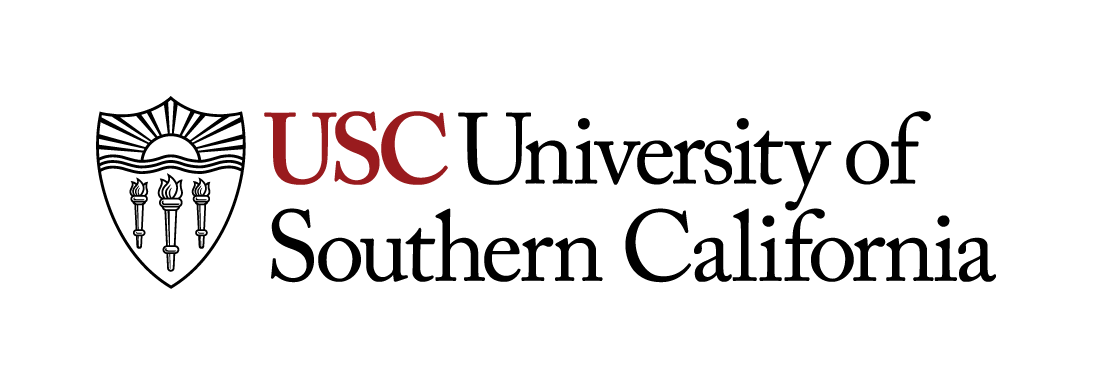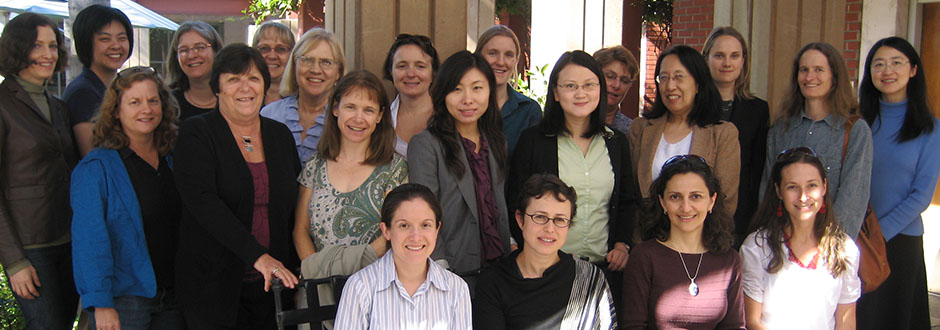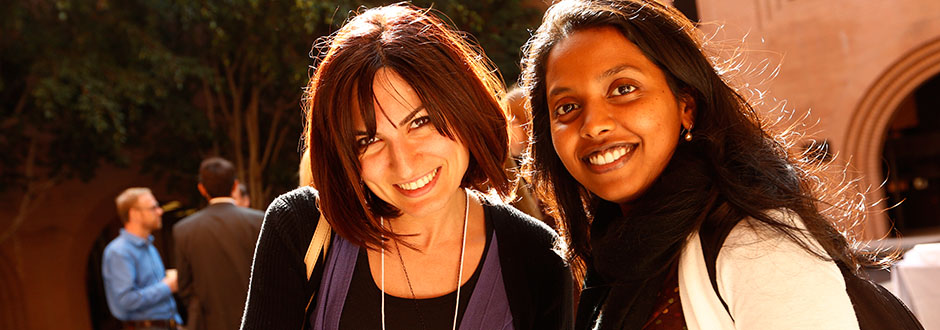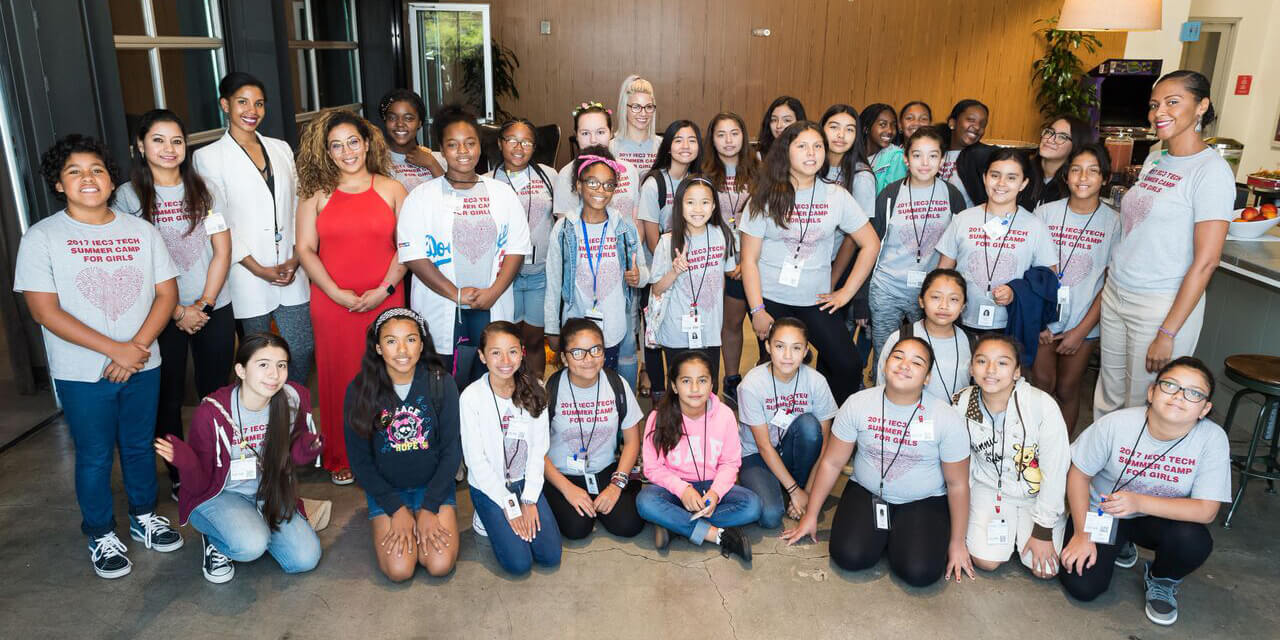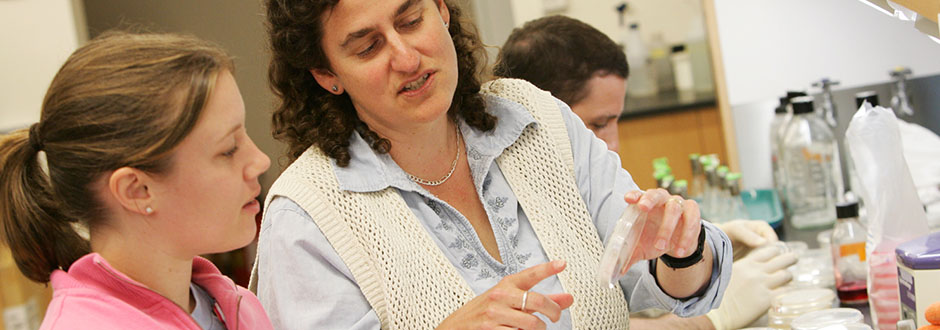History
The WiSE Program at USC: The First Five Years
The Women in Science and Engineering (WiSE) program at USC began in 2000 with a $20 million gift by an anonymous donor for the purpose of committing to equal opportunity for women in science and engineering. The excitement and energy created by the gift generated much activity and discussions on campus about how best to implement it. During the spring of 2000, a series of meetings between university administrators, chairs, and faculty in the USC Viterbi School of Engineering and the USC Dana and David Dornsife College of Letters, Arts, and Sciences were initiated to gather input on how to create programs that would support equal opportunity for women in science and engineering at all stages of their careers, from undergraduate students to senior professors.
WiSE Faculty
Driven by the need to commit to equal opportunity for women in science and engineering, valuable input on program design came from those affected the most by the program – senior faculty, who formed the core of what was to become the “WiSE Faculty.” Led by Sarah Bottjer (Biological Sciences), Chiara Nappi (Physics) and Hanna Reisler (Chemistry), the WiSE faculty played a critical role in helping to define and refine the elements of the resulting WiSE program.
In 2000, there were just twelve women faculty in the six departments of USC Dornsife and three in the eight departments of the USC Viterbi School of Engineering. It was immediately clear that commitment to equal opportunity for women in science and engineering in hiring processes should be the top priority.
To further nurture the existing community of WiSE faculty, a networking group of tenured and tenure-track WiSE faculty assembled informally once a month to communicate with one another about topics of common interest and the growth and development of the USC WiSE Program. So was born the WiSE faculty monthly networking lunch meetings, which continue to grow in attendance and are held on the last Thursday of each month. In 2001, the invitation to attend networking meetings was extended to non-tenure-track faculty, creating a vibrant group with both common and diverse interests and experiences. Today, the networking meetings are open to all.
WiSE Task Force
Following the initial period of fact-finding and investigations of successful strategies for providing equal opportunity for women faculty in the recruitment process, analyzing data on women in science and engineering at major research universities, and examining initiatives to provide equal opportunity in the hiring and enrollment of women, the Provost appointed a formal WiSE Task Force to formulate specific recommendations for programs supported by the WiSE gift.
The Task Force, which included both men and women and spanned disciplines, recommended a comprehensive set of programs and specific guidelines for their implementation. Since this would be a long-term effort, the gift money was best served by creating an endowment, the proceeds of which would support an evolving plan. Recognizing its importance, half of the proceeds from the endowment were earmarked initially for faculty recruitment and the rest for activities that benefit undergraduate and graduate students, postdoctoral fellows, and middle school girls interested in science. The Task Force also established an important principle: WiSE does not pay for programs exclusively but rather matches and augments contributions by requesting academic units. In this way, WiSE functions as a partner in helping academic units work toward gender equity and its funds can support a large scope of programs, create new programs, and respond to emerging needs.
Organization and Structure
Operating from the Office of the Provost, the WiSE program is implemented by a Director who works closely with an Advisory Board of faculty. Together they continue to fine-tune existing programs and propose new ones. Reaching its first major milestone in 2006, the number of WiSE faculty increased from fifteen (twelve in USC Dornsife, three in Viterbi School of Engineering) to thirty-five (twenty-three in USC Dornsife and twelve in Viterbi School of Engineering). As of the 2024-2025 academic year there are eighty-six WiSE faculty members (thirty-nine in USC Dornsife and fourty-seven in Viterbi School of Engineering).
The WiSE Program Director, Professor Leana Golubchik, is responsible for the implementation of the program. The WiSE Advisory Board, chaired by Professor Judith Hirsch, works closely with the WiSE Program Director on all WiSE related issues. Two committees, one in USC Dornsife (chaired by Professor Jill McNitt-Gray) and the other at the USC Viterbi School of Engineering (chaired by Professor Malancha Gupta), are appointed by the WiSE Program Director to select award recipients and to make recommendations for the direction of the Program. Managing the Advisory Board, committees, budget and the expanding array of WiSE activities, Mallory Redel serves as the WiSE Program Manager. Joana Lachica serves as the WiSE Marketing Assistant and manages the Program’s marketing, social media and events.
